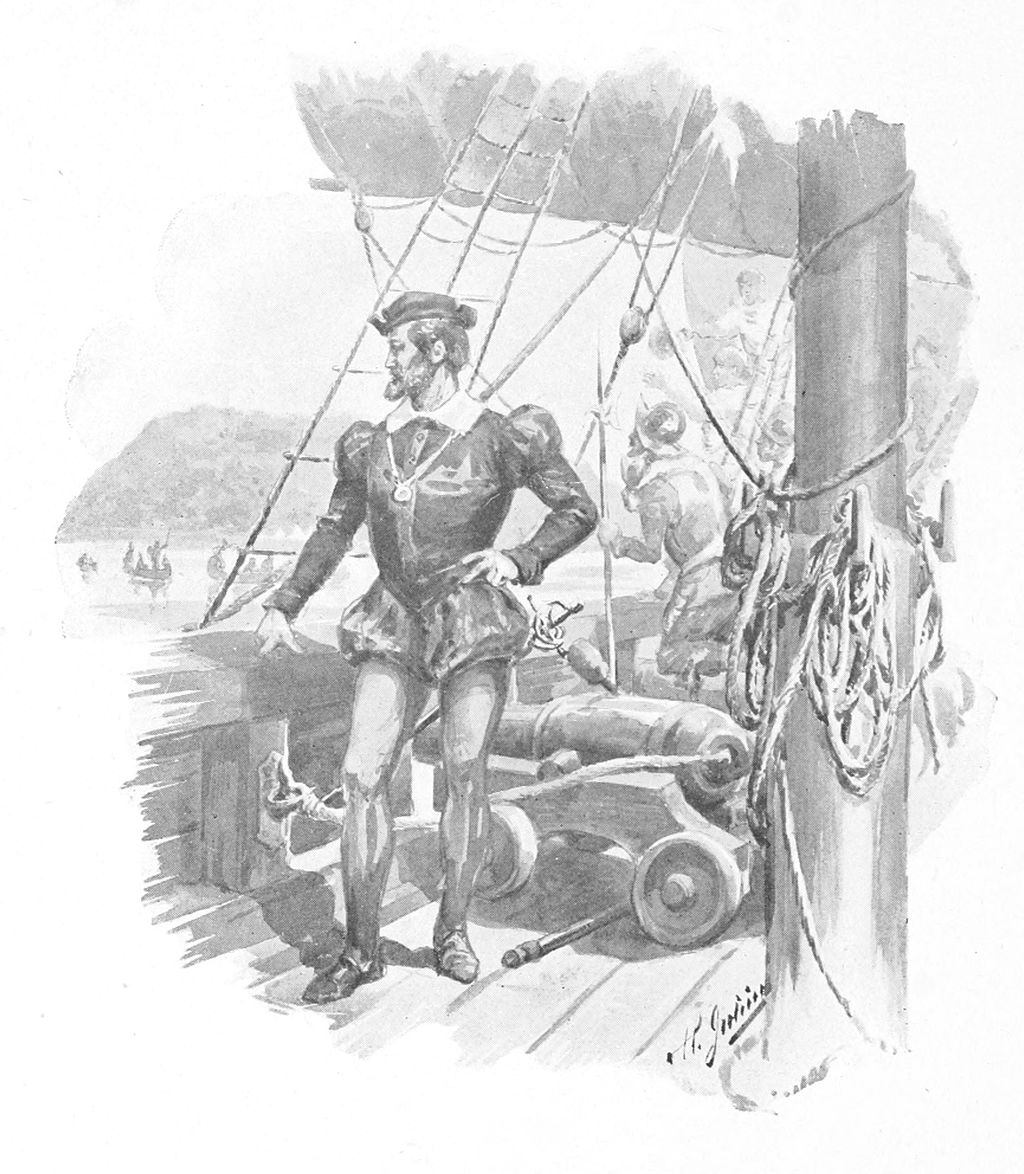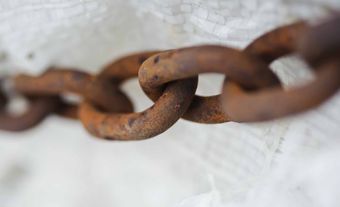Jacques Cartier, navigator (born between 7 June and 23 December 1491 in Saint-Malo, France; died 1 September 1557 in Saint-Malo, France). From 1534 to 1542, Cartier led three maritime expeditions to the interior of the Gulf of the St. Lawrence River. During these expeditions, he explored, but more importantly accurately mapped for the first time the interior of the river, from the Gulf to Montreal (see also History of Cartography in Canada). For this navigational prowess, Cartier is still considered by many as the founder of “Canada.” At the time, however, this term described only the region immediately surrounding Quebec. Cartier’s upstream navigation of the St. Lawrence River in the 16th century ultimately led to France occupying this part of North America.

Voyages to the Americas
Jacques Cartier’s early life is very poorly documented. He was likely employed in business and navigation from a young age. Like his countrymen, Cartier probably sailed along the coast of France, Newfoundland and South America (Brazil), first as a sailor and then as an officer. Following the annexation of Brittany to the kingdom of France, King François 1 chose Cartier to replace the explorer Giovanni da Verrazano. Verrazano had died on his last voyage.
First Voyage (1534)
Jacques Cartier’s orders for his first expedition were to search for a passage to the Pacific Ocean in the area around Newfoundland and possibly find precious metals. He left Saint-Malo on 20 April 1534 with two ships and 61 men. They reached the coast of Newfoundland 20 days later. During his journey, Cartier passed several sites known to European fishers. He renamed these places or noted them on his maps. After skirting the north shore of Newfoundland, Cartier and his ships entered the Gulf of St. Lawrence by the Strait of Belle Isle and travelled south, hugging the coast of the Magdalen Islands on 26 June. Three days later, they reached what are now the provinces of Prince Edward Island and New Brunswick. He then navigated towards the west, crossing Chaleur Bay and reaching Gaspé, where he encountered Iroquoian lndigenous people from the region of Quebec. They had come to the area for their annual seal hunt. After planting a cross and engaging in some trading and negotiations, Cartier’s ships left on 25 July. Before leaving, Cartier abducted two of Iroquoian chief Donnacona’s sons. They returned to France by following the coast of Anticosti Island and re-crossing the Strait of Belle Isle.
Second Voyage (1535-6)
The expedition of 1535 was more important than the first expedition. It included 110 people and three medium-sized ships. The ships were called the Grande Hermine (the Great Stoat), the Petite Hermine (the Lesser Stoat) and the Émérillon (the Merlin). The Émérillon had been adapted for river navigation. They left Brittany in mid-May 1535 and reached Newfoundland after a long, 50-day crossing. Following the itinerary from the previous year, they entered the Gulf, then travelled the “Canada River” (later named the St. Lawrence River) upstream. One of chief Donnacona’s sons guided them to the village of Stadacona on the site of what is now the city of Quebec. Given the extent of their planned explorations, the French decided to spend the winter there and settled at the mouth of the St. Charles River. Against the advice of chief Donnacona, Jacques Cartier decided to continue sailing up the river towards Hochelaga, now the city of Montreal. Cartier reached Hochelaga on 2 October 1535. There he met other Iroquoian people, who tantalized Cartier with the prospect of a sea in the middle of the country. By the time Cartier returned to Stadacona (Quebec), relations with the Indigenous people there had deteriorated. Nevertheless, they helped the poorly organized French to survive scurvy thanks to a remedy made from evergreen trees (see also Indigenous Peoples’ Medicine in Canada). When spring came, the French decided to return to Europe. This time, Cartier abducted chief Donnacona himself, the two sons, and seven other Iroquoian people. The French never returned Donnacona and his people to North America. (See also Enslavement of Indigenous People in Canada.)
Third Voyage (1541-2)
The war in Europe led to a delay in returning to Canada. In addition, the plans for the voyage were changed. This expedition was to include close to 800 people and involve a major attempt to colonize the region. The explorations were left to Jacques Cartier, but the logistics and colonial management of the expedition were entrusted to Jean-François de La Rocque, sieur de Roberval. Roberval was a senior military officer who was responsible for recruitment, loading weapons onto the ships, and bringing on craftsmen and a number of prisoners. Just as the expedition was to begin, delays in the preparations and the vagaries of the war with Spain meant that only half the personnel (led by Cartier) were sent to Canada in May 1541 by Roberval. Roberval eventually came the following year. Cartier and his men settled the new colony several kilometres upstream from Quebec at the confluence of the Cap Rouge and St. Lawrence rivers. While the colonists and craftsmen built the forts, Cartier decided to sail toward Hochelaga. When he returned, a bloody battle had broken out with the Iroquoian people at Stadacona.
Return to France
In a state of relative siege during the winter, and not expecting the arrival of Jean-François de La Rocque, sieur de Roberval until spring, Jacques Cartier decided to abandon the colony at the end of May. He had filled a dozen barrels with what he believed were precious stones and metal. At a stop in St. John’s, Newfoundland, however, Cartier met Roberval’s fleet and was given the order to return to Cap Rouge. Refusing to obey, Cartier sailed toward France under the cover of darkness. The stones and metal that he brought back turned out to be worthless and Cartier was never reimbursed by the king for the money he had borrowed from the Breton merchants. After this misadventure, he returned to business. Cartier died about 15 years later at his estate at Limoilou near Saint-Malo. He kept his reputation as the first European to have explored and mapped this part of the Americas, which later became the French axis of power in North America.

 Share on Facebook
Share on Facebook Share on X
Share on X Share by Email
Share by Email Share on Google Classroom
Share on Google Classroom



